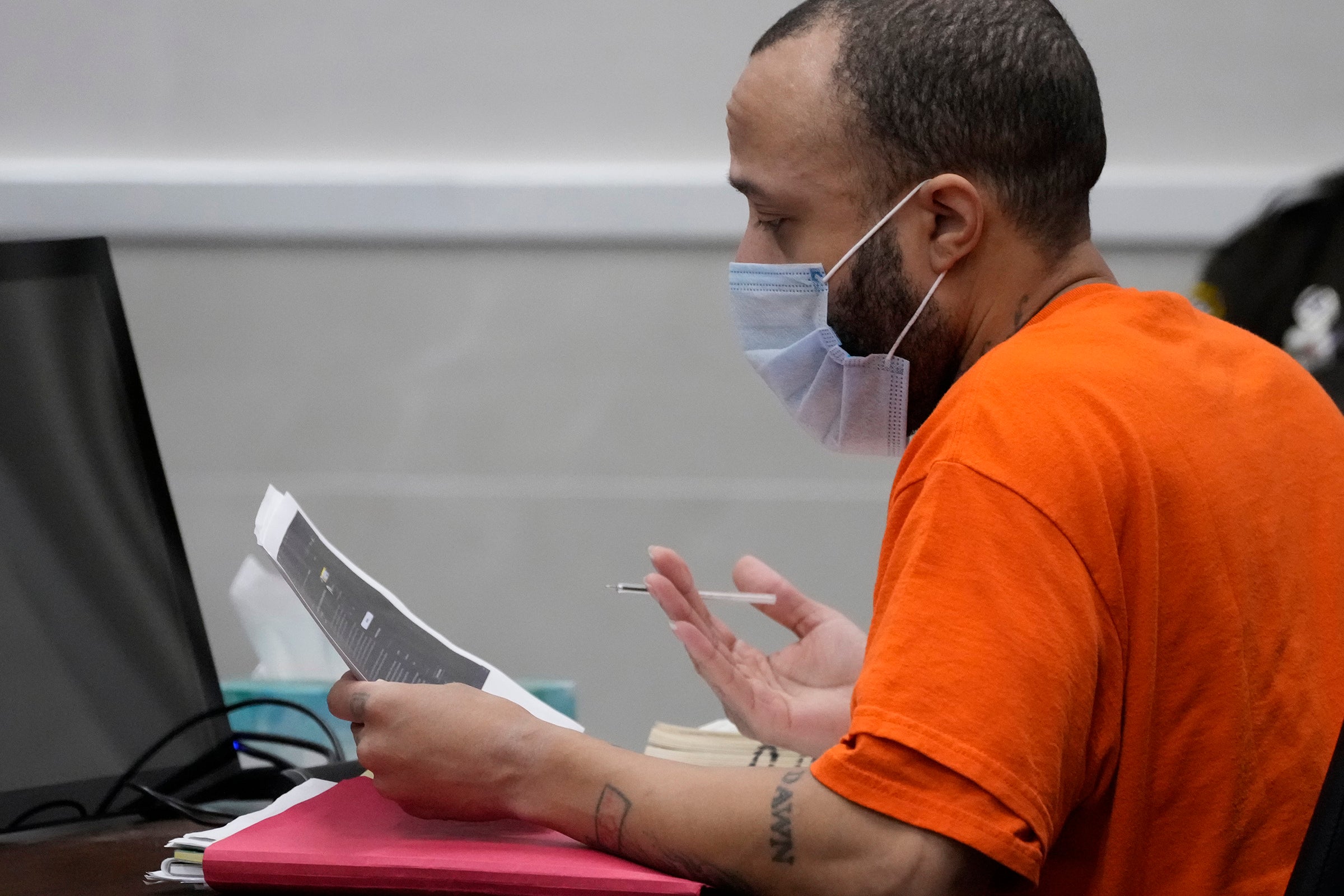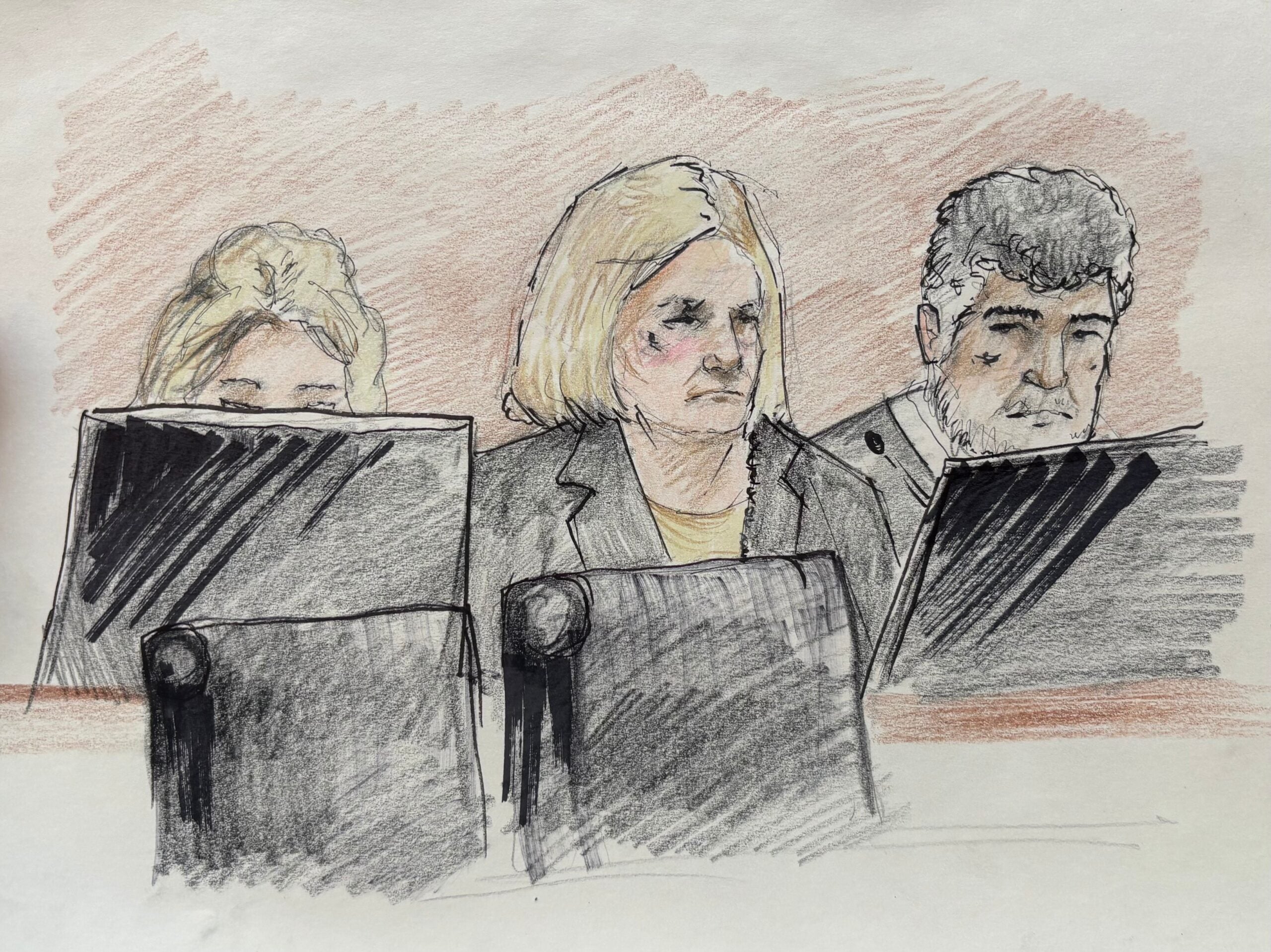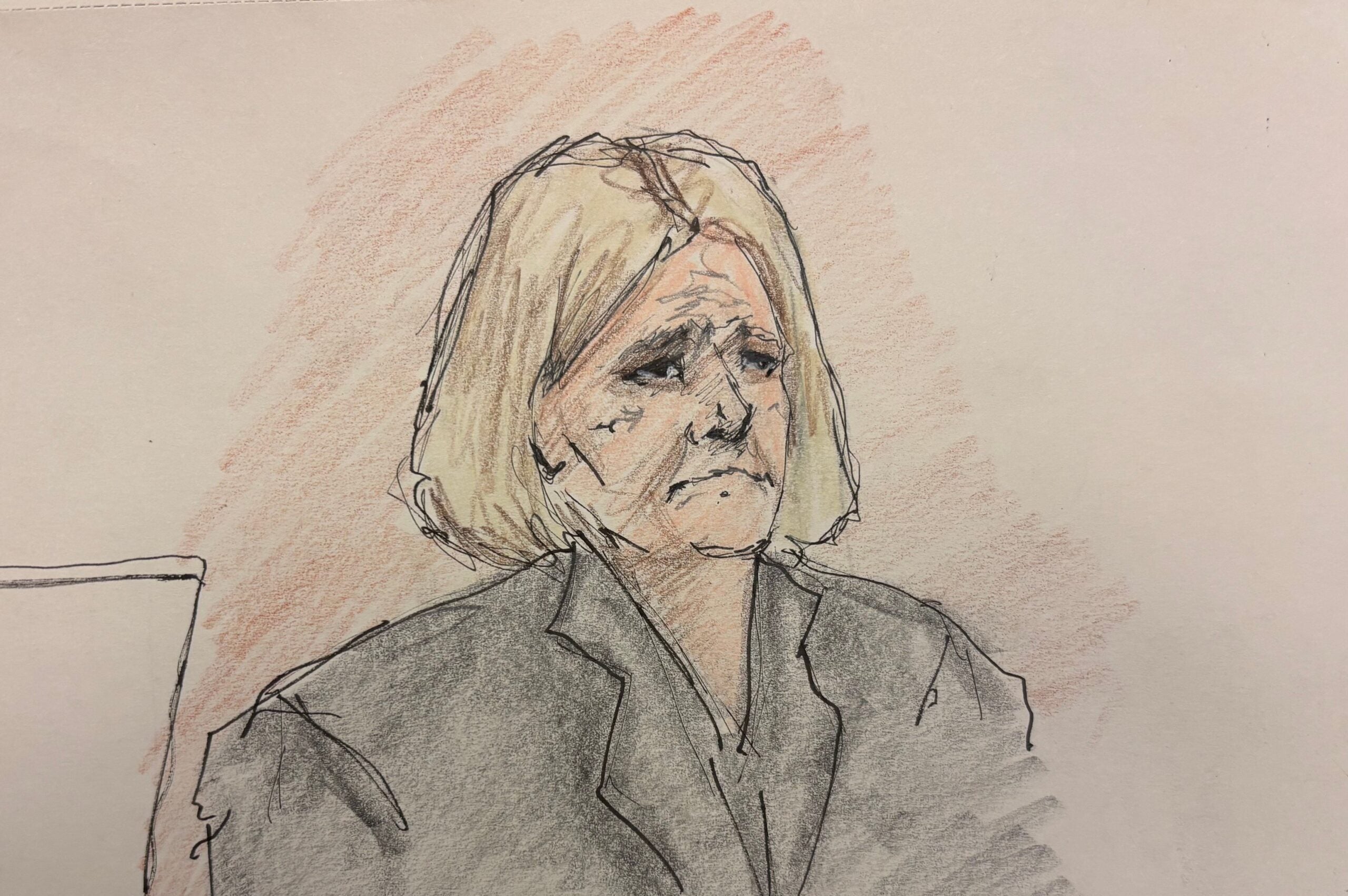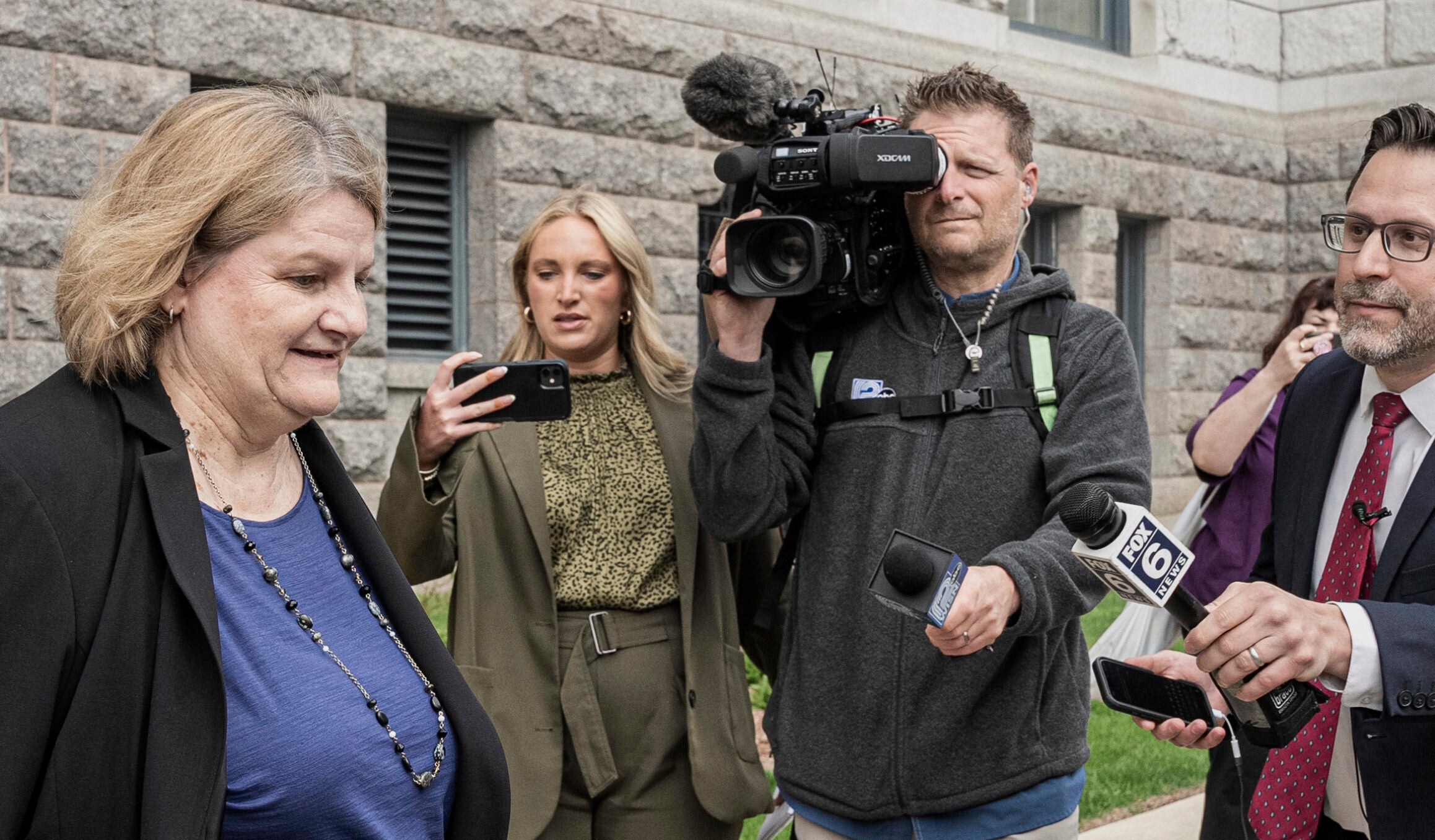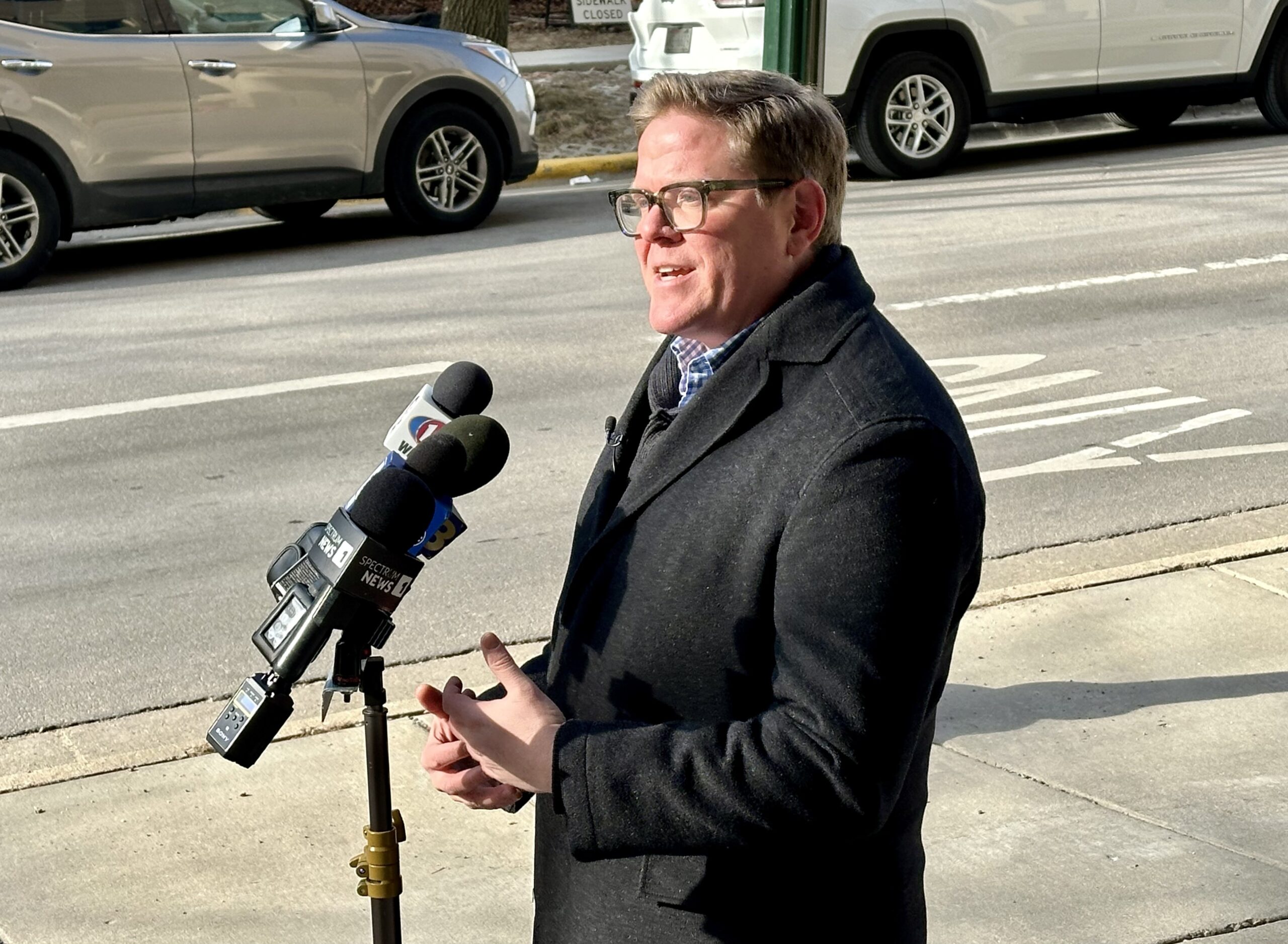After weeks of testimony, a jury found Darrell Brooks Jr. guilty of six counts of first-degree intentional homicide and 70 other criminal charges for plowing his vehicle through the Waukesha Christmas parade last year.
Following a three-week-long trial that was marked by tumult and repeated disruptions by Brooks, the jury deliberated for fewer than three hours Tuesday night and Wednesday morning before they reached their verdict on the 76 charges against Brooks.
Brooks remained uncharacteristically quiet, his head in his hands, throughout the 20 minutes that the Waukesha County Circuit Court Judge Dorow read through the verdicts on each of the charges. The verdicts for the homicide charges were read first. A man in the gallery was removed shortly after the reading began when he shouted that Brooks would burn in hell. After that interruption, the courtroom remained silent except for the judge reading through the stack of verdict forms. Some in the gallery did cry at points.
News with a little more humanity
WPR’s “Wisconsin Today” newsletter keeps you connected to the state you love without feeling overwhelmed. No paywall. No agenda. No corporate filter.
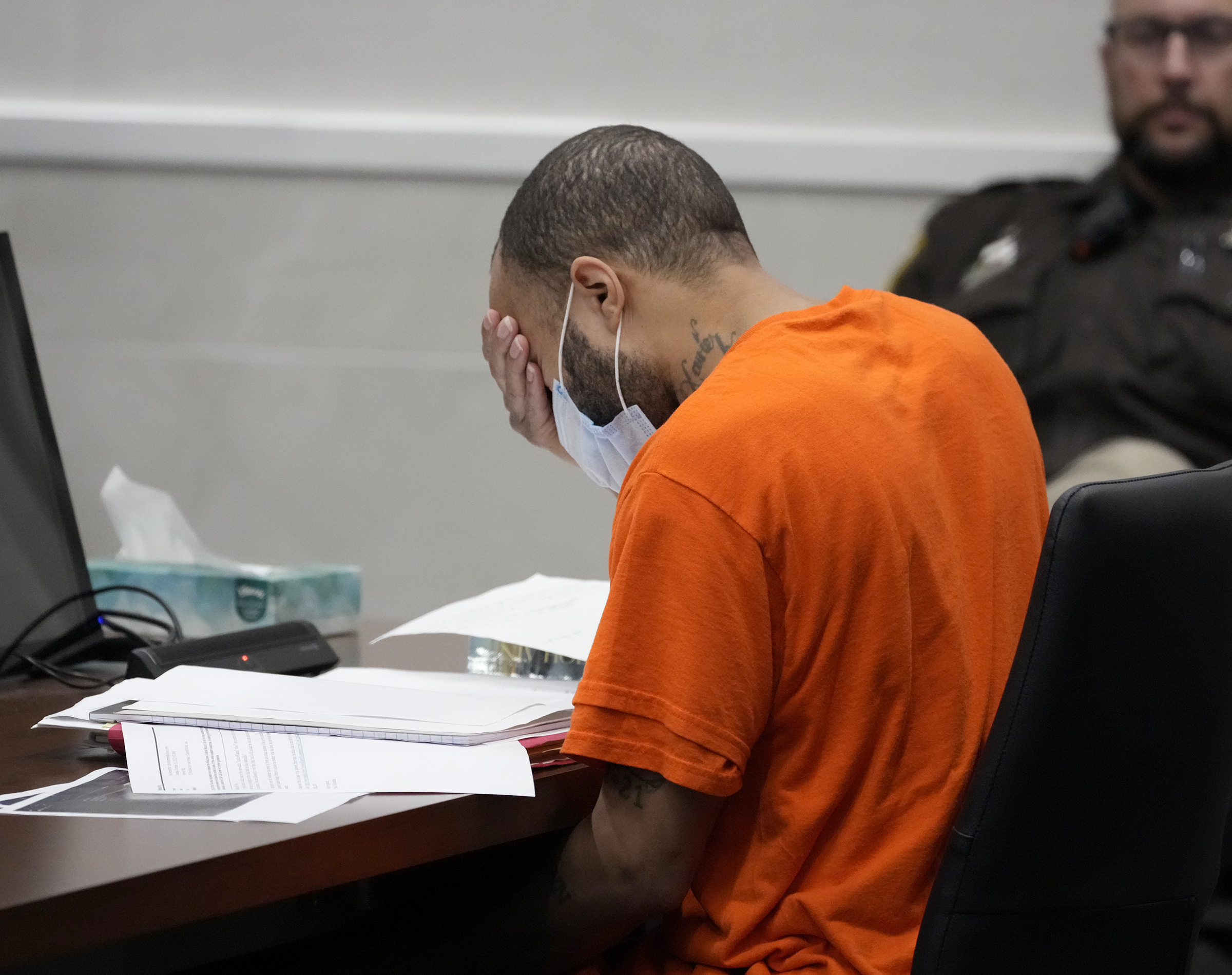
Prosecutors rested their case last week after questioning over 30 witnesses, including police officers, parade-goers, victims, family members of victims and nearby residents who encountered Brooks on the day of the parade.
Brooks was accused of killing six people and injuring dozens more when he drove through the Waukesha Christmas parade in 2021. He elected to represent himself in the trial, and has been repeatedly removed from the courtroom for disruptions throughout the proceedings.
“I am thankful that the jury found the defendant guilty on all counts,” Waukesha Mayor Shawn Reilly said in a statement posted online after the verdict. “We can now re-focus on taking steps forward as a community and continue the healing process.”
Waukesha Police Chief Dan Thompson also reacted in the statement.
“In the nearly one year since this tragedy, there has not been a day that our community has not grieved,” Thompson said. “The victims’ families as well as our first responders continue to deal with the lasting effects of the horrors of that day. We are grateful for the support that has come from all over the world, and we ask you to continue to keep all those involved in your prayers.”
What happened during the incident?
On what was supposed to be a joyful evening, the Waukesha community was left stunned after a red SUV, which Brooks was driving, plowed through the parade route. Six people were killed and dozens of others were injured. Many of those killed or injured were from local organizations marching in the parade, including the Milwaukee Dancing Grannies, the Xtreme Dance team, the Waukesha South High School marching band and others.
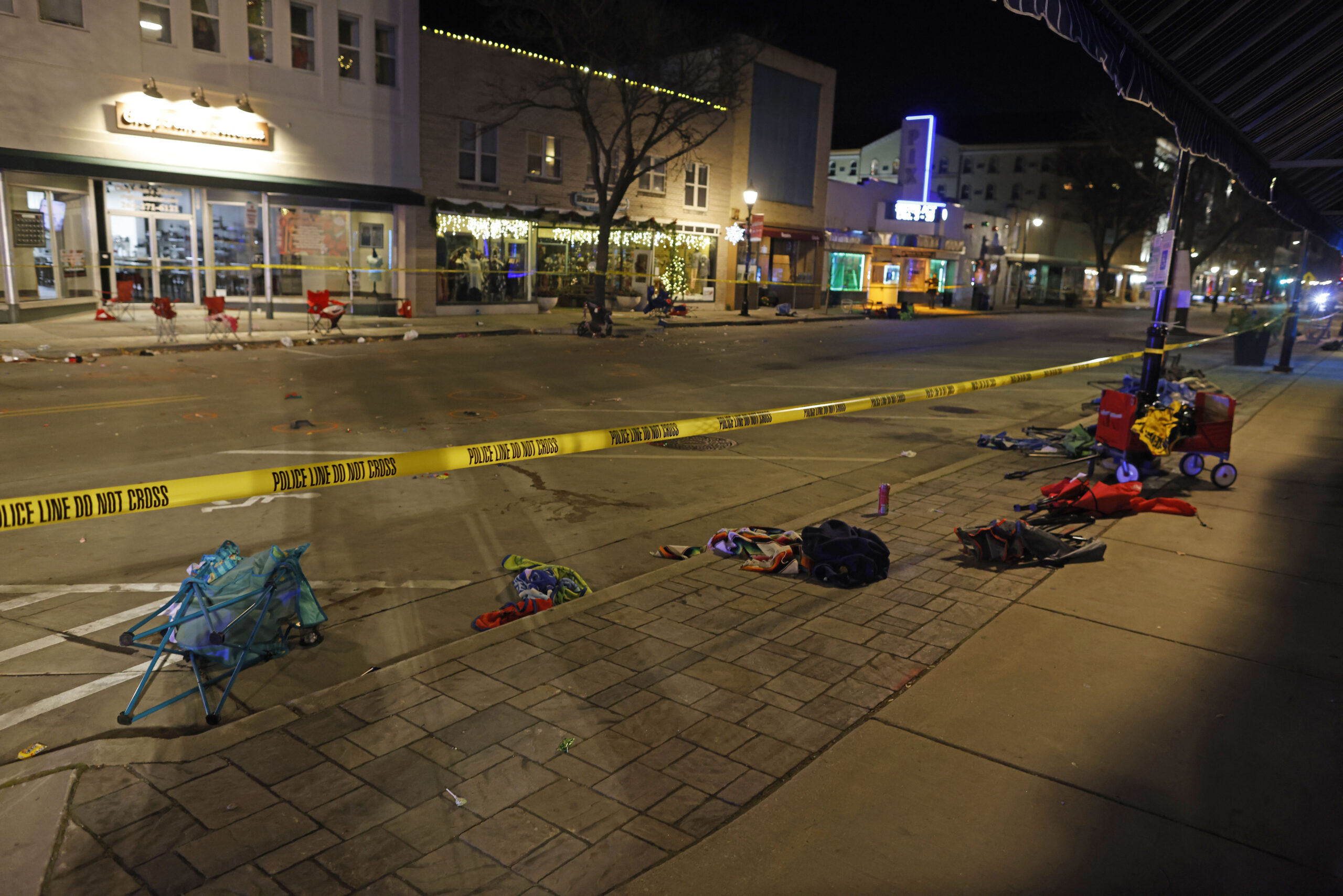
Waukesha Mayor Shawn Reilly said the parade has been a Waukesha tradition for more than six decades.
“Last night, that parade became a nightmare… We have so much healing that needs to occur,” Reilly said after the incident.
In the aftermath, the community rallied together. Over $6 million was raised from across the nation and world for the victims and those who were affected. First Lady Jill Biden met with victims and their families.
The victims
Those killed in the November 2021 incident were:
- Virginia Sorenson, 79 years old
- LeAnna Owen, 71 years old
- Tamara Durand, 52 years old
- Jane Kulich, 52 years old
- Wilhelm Hospel, 81 years old
- Jackson Sparks, 8 years old
Why was Brooks allowed to represent himself?
In late September, Brooks’ public defender Jeremy Perri filed a motion in Waukesha County Circuit Court asking that he and assistant public defender Anna Kees be taken off the case. Brooks asked his attorneys to submit the motion, saying he wanted to act as his own lawyer.
In her ruling, Dorow said she believed Brooks was mentally competent enough to represent himself. Weeks earlier, Brooks withdrew his insanity defense in his not guilty plea, according to online court records.
Dorow said Brooks could not have standby counsel during the trial.
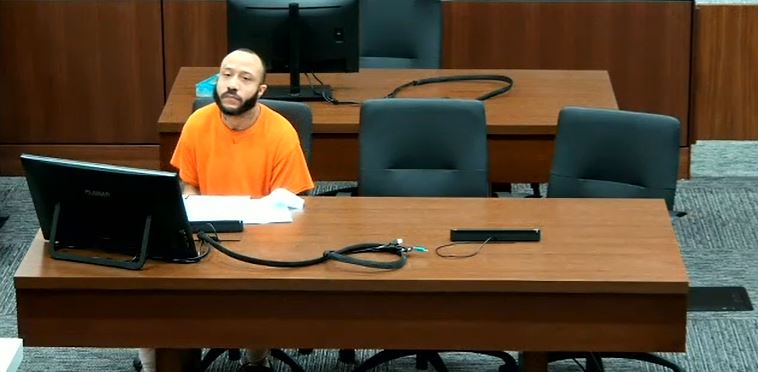
The Wisconsin Supreme Court decision State v. Klessig said that if a defendant wants to represent himself, the court must ensure the defendant, “made a deliberate choice to proceed without counsel, was aware of the difficulties and disadvantages of self-representation, was aware of the seriousness of the charge or charges against him, and was aware of the general range of penalties that could have been imposed on him.”
Brooks was removed from the courtroom several times throughout trial
Throughout the court proceedings, Brooks behavior was erratic.
The morning the jury trial began, Brooks was kicked out of the courtroom within hours by Dorow because he repeatedly interrupted her. He repeatedly asked Dorow to say her name. He also questioned the jurisdiction of the court multiple times after asking Dorow to adjourn the case. Brooks also said he wanted to represent himself as a “sovereign citizen.”
“I want to honor your right to self representation, but it is not absolute,” Dorow told Brooks on the first day of the trial.
Dorow used the case Illinois v. Allen to remove him from the court. According to Justia.com, the defendant in that case was “removed from the courtroom for repeated disruptive behavior and the use of vile and abusive language directed at the trial judge, notwithstanding the judge’s prior warning that removal would follow another outburst.”
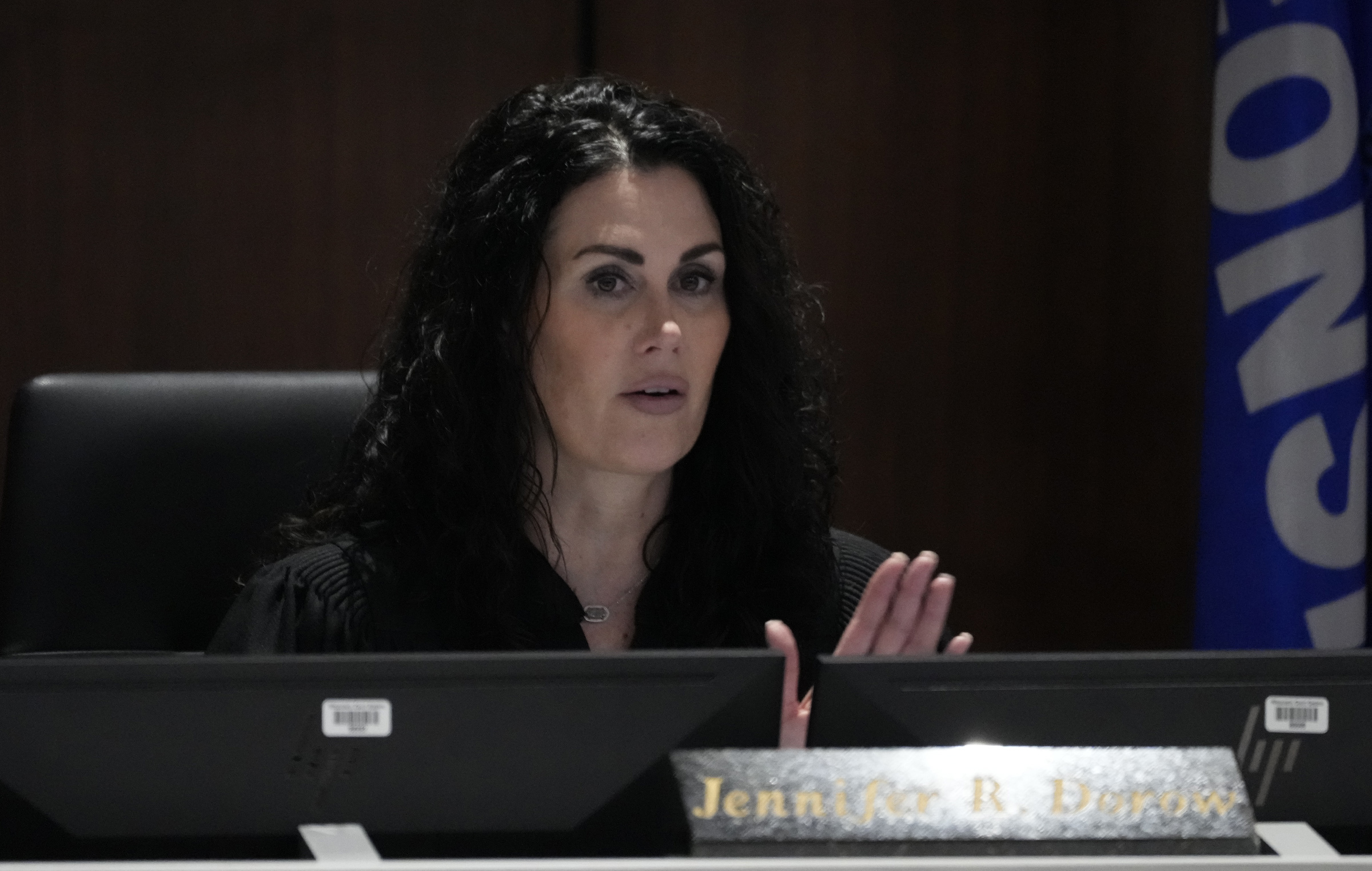
That case found that a defendant “can lose his right to be present at trial if, following the judge’s warning that he will be removed if his disruptive behavior continues, he nevertheless insists on conducting himself in such a disruptive manner that his trial cannot proceed if he remains in the courtroom.”
What did opening statements look like?
During the state’s opening statement, Zach Wittchow, an assistant district attorney for the Waukesha County District Attorney’s office, said its team will attempt to prove that Brooks chose to speed up instead of slow down when he drove through the parade route.
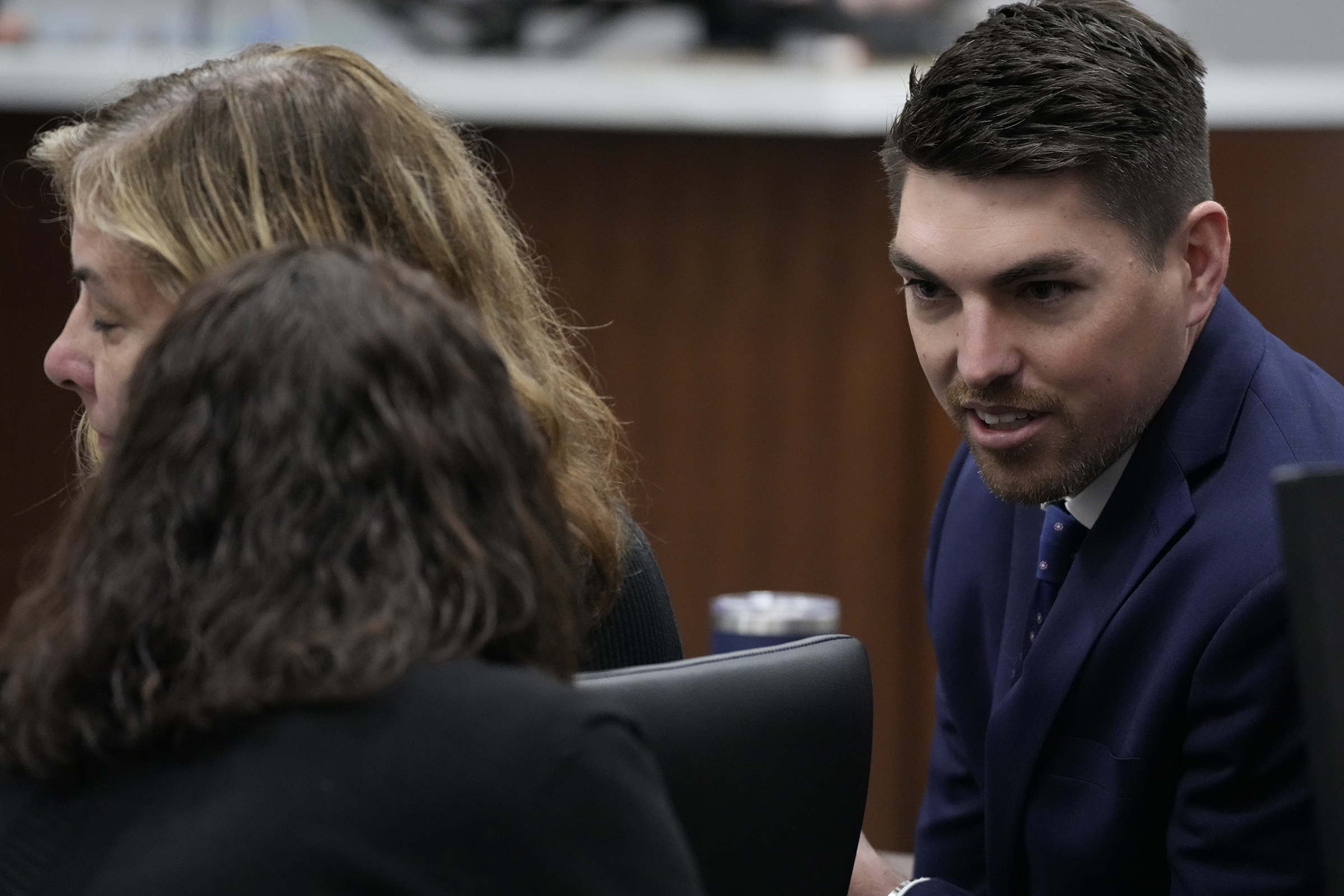
“It sounds corny, but I think you’ll see from the videos there was a sense of joy in the air,” Wittchow said about the parade. “Darrell Brooks killed that joy. He replaced it with terror, trauma and death.”
Wittchow said the state would show “dozens” of videos prosecutors believed would prove that Brooks was the driver on that day.
“The evidence is going to show that Mr. Brooks left behind a trail of carnage and chaos as he made his way down Main Street, through the parade route,” he said to the jury.
Wittchow added that they wouldn’t bring in every witness to testify, as they wanted to avoid duplication of evidence and “undue hardship” on the many victims.
Brooks, on the other hand, appeared to be crying during his opening statement, which was delayed until after the prosecution was finished presenting its evidence. Speaking to the jury, he said his actions on the day of the parade were not intentional.
“This incident was not planned, this incident was not intentional and this incident was never even thought about,” he said.
Prosecution included more than 30 witnesses
During the trial, the state showed several videos of Brooks allegedly driving through the crowd. The state’s timeline of events begins with a fight between Brooks and his ex-girlfriend and ends with Brooks being taken into custody outside a home near the parade route.
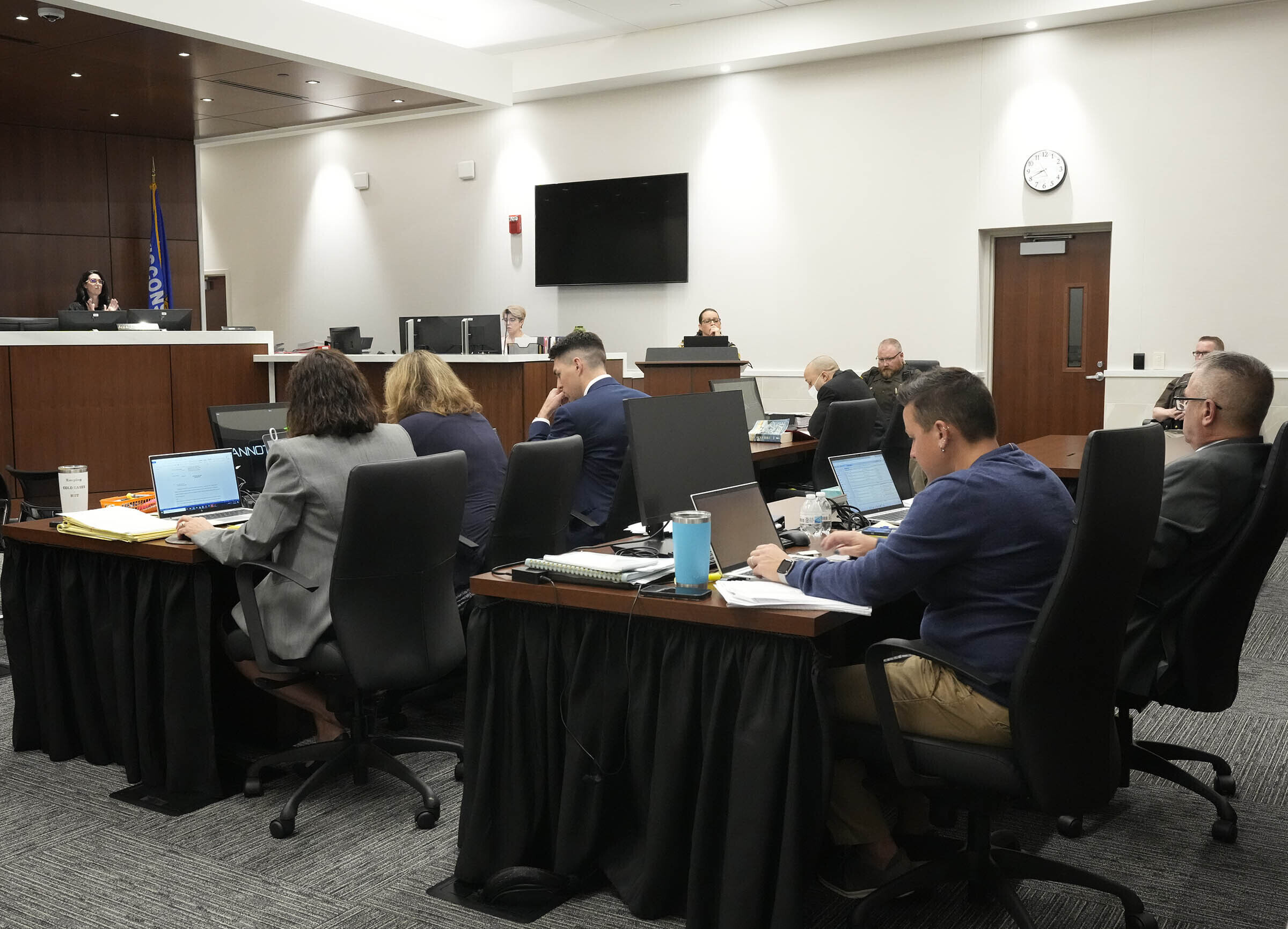
Waukesha police detective Thomas Casey testified for the state. He was hit by Brooks’ vehicle and was close enough to pound on its hood to try and stop it. He got a look at the driver as he drove by him; he said he was “1,000 percent” certain it was Brooks.
Three members of the community dance group the Dancing Grannies died from injuries. Laura Thein, a member of the group, told the court the vehicle missed hitting her by a few feet. She testified that she never saw the vehicle slow down as it hit some of her friends in the Milwaukee-based group.
“I looked on the road and all I seen were bodies,” Thein said. “I thought I was in a war.”
Waukesha resident Daniel Rider testified that Brooks entered Rider’s home just minutes after the parade incident. Rider told the jury Brooks said he was homeless and was waiting for a Lyft ride. The encounter was captured by Rider’s Ring doorbell camera. Brooks was arrested outside Rider’s home.
Closing arguments
During her closing argument Tuesday afternoon, Waukesha County District Attorney Sue Opper played an edited video which showed the carnage from the aftermath of the incident. Spectators in the courtroom could be heard crying as the video played.
“It’s time for Darrell Brooks to stop running. It’s time for him to stop lying. It’s time for him to be held accountable for his actions,” Opper told the jury. “Darrell Brooks, cowardly, ran his way through this parade, violently killing and injuring so many people.”
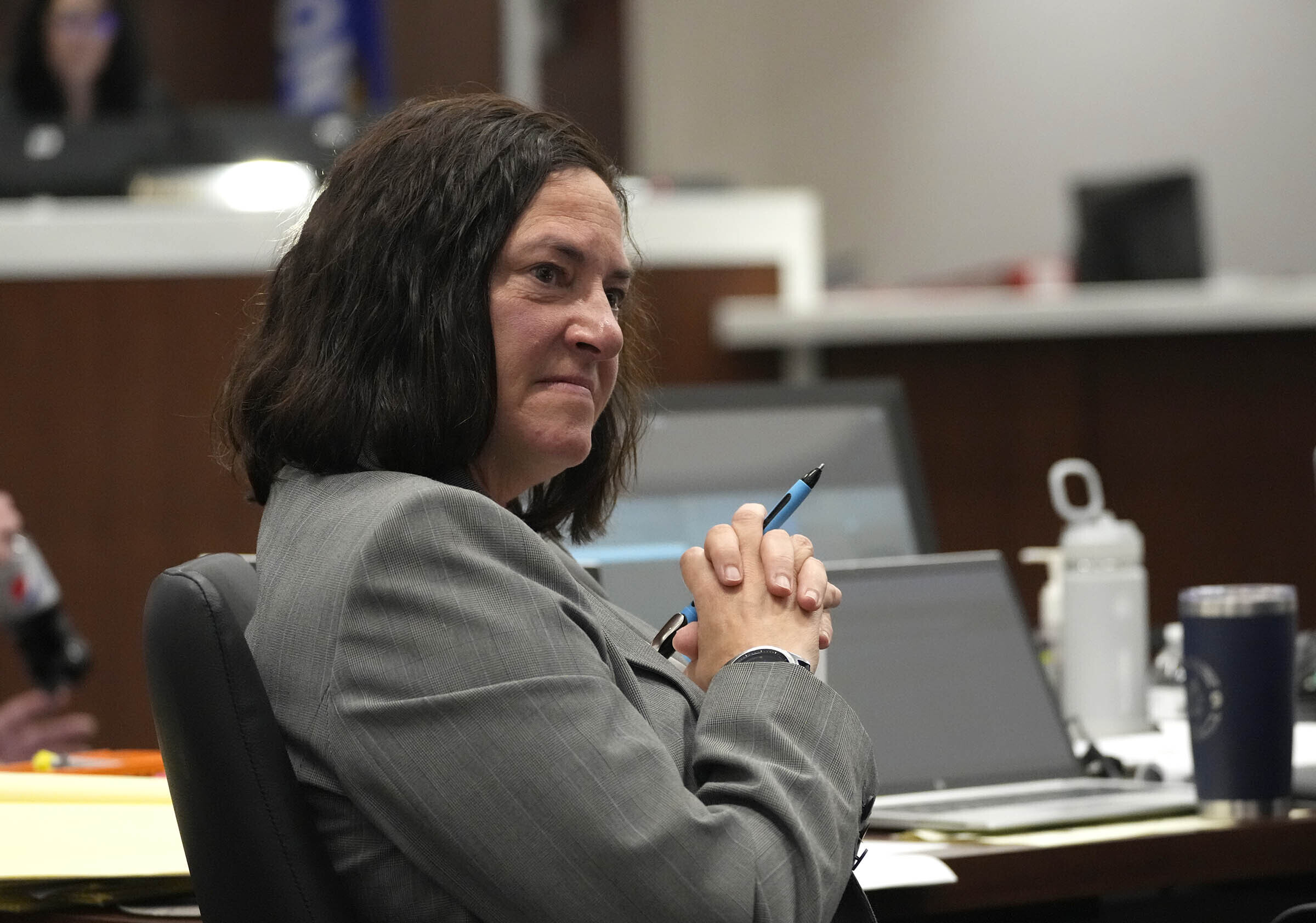
She asked the jury to “add up the evidence” and return guilty verdicts on all counts against Brooks. She noted that Brooks could have stopped driving at any time throughout the incident, and that he was honking his horn while driving, meaning he could see what was in front of him.
During Brooks’ closing argument, he said the act wasn’t intentional. Brooks said he wouldn’t argue the facts of the case.
“I’m not going to waste your time doing that,” Brooks said.
Brooks also said the incident has affected him and his family greatly. He said “both sides” were suffering. He also spoke about his Christian faith for several minutes.
“A lot of lives were changed that day, mine included. God’s way is not our own,” Brooks said.
Wisconsin Public Radio, © Copyright 2025, Board of Regents of the University of Wisconsin System and Wisconsin Educational Communications Board.

